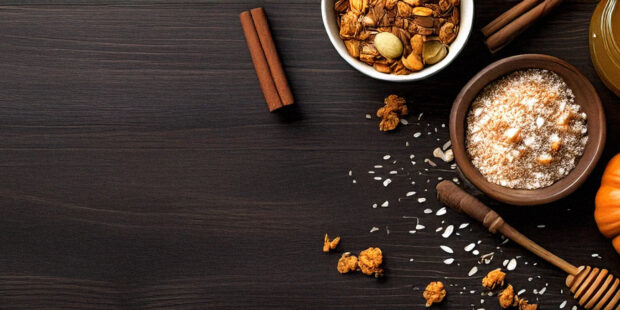 Have you ever tried one of those fitness plans that sold you on— “The perfect exercise program to optimize your fitness goals?” Only it wasn’t true. Your body felt worse than it did before you spent two-weeks on that perfect plan.
Have you ever tried one of those fitness plans that sold you on— “The perfect exercise program to optimize your fitness goals?” Only it wasn’t true. Your body felt worse than it did before you spent two-weeks on that perfect plan.
Sound familiar? If so, you’re certainly not alone. If you’ve been looking to improve your fitness long-term you need a plan that brings the fitness changes you seek without placing too much wear and tear on your joints and connective tissues.
Your joints become inflamed when they take on too much impact. This can cause discomfort, and loss of mobility which over time limits your ability to exercise.
In this article, you’ll learn how a balanced program can build you up without tearing you down.
Benefits of Different Exercise Forms
A well-balanced workout combines strength training, aerobic fitness, core exercises, and stretching. Proper use of these exercises delivers beneficial stress to your body while improving joint health. Here’s how different exercises uniquely stress the body.
- Zero impact exercises don’t stress your joints as the body moves. These include aerobic exercises like swimming, regular cycling, spinning, or the elliptical trainer.
- Low impact exercises impact place some valuable stress on your joints. These are strength training, cycling with some standing and body movement to climb hills, walking and low impact stretching.
- High impact exercises stress your joints the most. Examples are running, jogging, jumping jacks, or step-ups.
Essential Exercise Factors
Aerobic Fitness
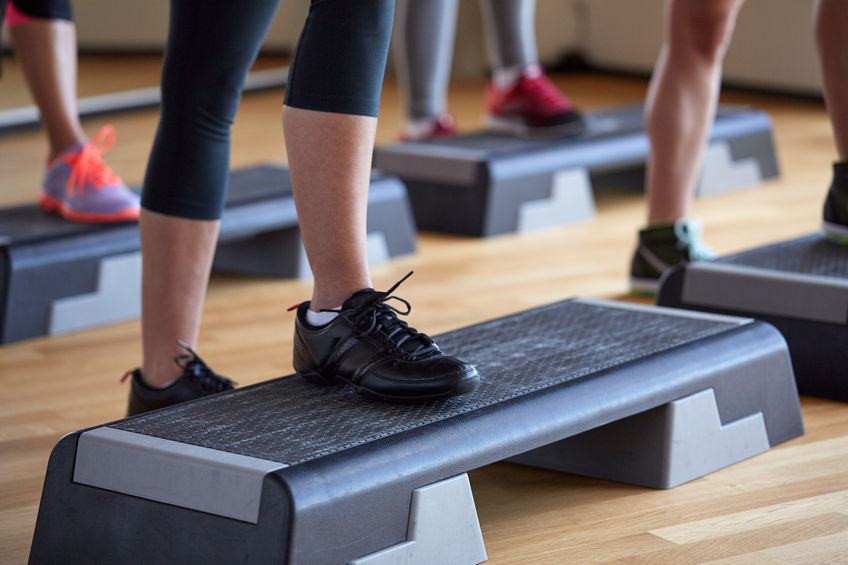 Aerobic fitness, or cardio exercise, works your heart, lungs, and cardiovascular system. Aerobic fitness makes doing routine tasks in and around the house easier while enhancing overall fitness.
Aerobic fitness, or cardio exercise, works your heart, lungs, and cardiovascular system. Aerobic fitness makes doing routine tasks in and around the house easier while enhancing overall fitness.
Aerobic exercises that place zero to low impact on your joints are best for everyday use. These include swimming, biking, walking, jogging, and dancing.
Strength Training
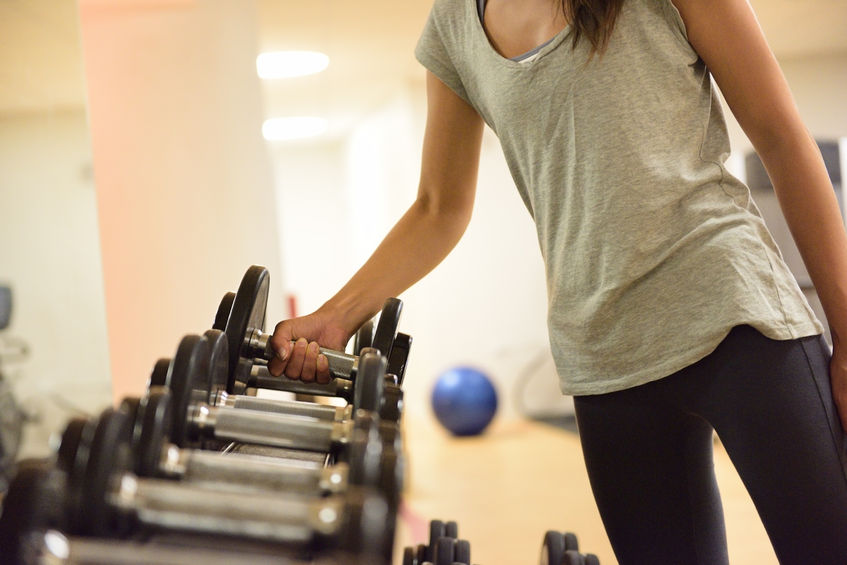 Strength or resistance training helps increase lean muscle. This is important for general fitness, mobility, and how your body burns calories – even at rest. Strength training puts a very low impact on your body but does improve bone health.[1]
Strength or resistance training helps increase lean muscle. This is important for general fitness, mobility, and how your body burns calories – even at rest. Strength training puts a very low impact on your body but does improve bone health.[1]
Strength training can be done with free weights and various resistance machines. You can also use bodyweight exercise. Some classics are pushups, pull-ups, and leg squats.
Core Exercises
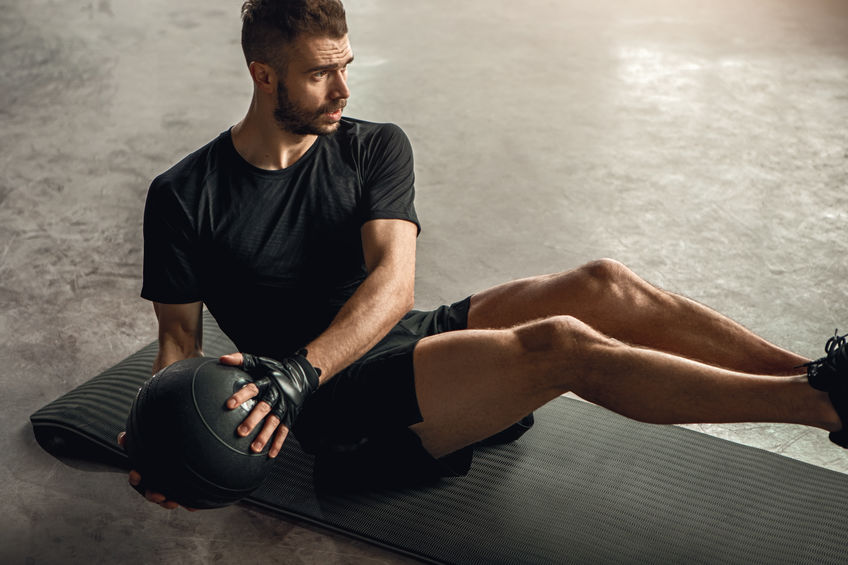 Your stomach, lower back, and pelvis make up your core muscles. These muscles support good posture as they connect upper and lower body movements and help support your back.[2]
Your stomach, lower back, and pelvis make up your core muscles. These muscles support good posture as they connect upper and lower body movements and help support your back.[2]
The best low impact core movements are those that use the trunk of your body as support. These are planks, sit-ups, bridges, or work on a fitness ball. These core exercises will train your muscles to support the spine and improve mobility by allowing you to use your upper and lower body muscles more effectively.
Stretching
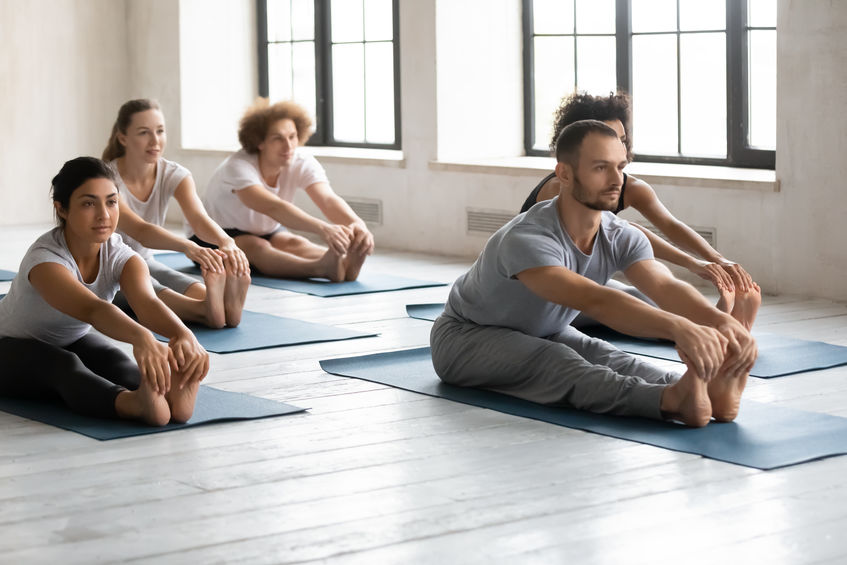 There are two primary types of stretching.[3]
There are two primary types of stretching.[3]
- Dynamic stretching – are movements that increase your range of motion. This can be done with very light resistance on your first warm-up set on any strength training exercise
- Static stretching – is where your stretch and hold for 10-15 seconds – like standing and touching your toes
Stretching exercises help your joints and connective tissue improve range of motion.
Most experts recommend stretching after you exercise. This is because stretching before strength training can reduce strength.[4] On days you aren’t strength training you can stretch before your workout just be sure to warm up for 5 minutes by walking beforehand.
The MaxLiving Personal Fitness Program Quick Start
- Do 75-150 minutes of aerobic activity per week.[5] If you’re experiencing any joint pain focus on zero to low impact exercises.
- Do strength training 2-4 times per week using an exercise split.
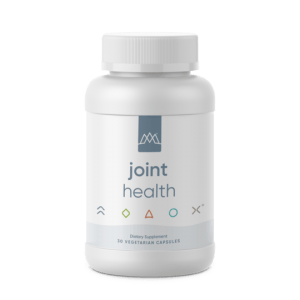
- As a beginner–split the workouts into 2-3 full-body strength training sessions per week.
- Once you’ve done 6-months of strength training split the workouts into the lower body and upper body sessions. Then do 3-4 days of strength training per week alternating the sessions.
- Perform Core Exercises 2-3 times per week – many people do core exercises on the same days they do strength training which allows you to schedule 3 or more full rest days per week.
- Stretch every day – doing a combination of dynamic and static stretching. This can be split up by doing static stretching on rest days and dynamic stretching before strength training.
- Support your joints and connective tissue with MaxLiving’s Joint Health. This unique formula contains nutrients that soothe your joints and help reduce inflammation for greater mobility.
References
[1] LAYNE, J. E., & NELSON, M. E. (1999). The effects of progressive resistance training on bone density: a review. Medicine & Science in Sports & Exercise, 31(1), 25–30. https://doi.org/10.1097/00005768-199901000-00006
[2] Stuart McGill. (2010). Core Training: Evidence Translating to Better Performance and Injury Prevention. Strength and Conditioning Journal, VOLUME 32(NUMBER 3).
[3] Wallmann, H. W., Christensen, S. D., Perry, C., & Hoover, D. L. (2012). The acute effects of various types of stretching static, dynamic, ballistic, and no stretch of the iliopsoas on 40-yard sprint times in recreational runners. International Journal of Sports Physical Therapy, 7(5), 540–547. Retrieved from http://www.ncbi.nlm.nih.gov/pubmed/23091787
[4] Schilling et. al, APA, Strength and Conditioning Journal: February 2000 – Volume 22 – Issue 1 – p 44
[5] Health and Human Services Fitness

